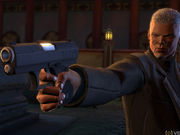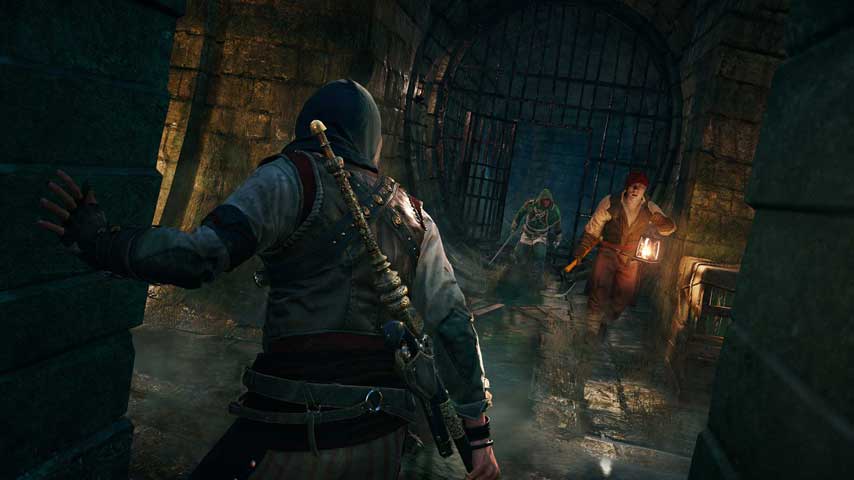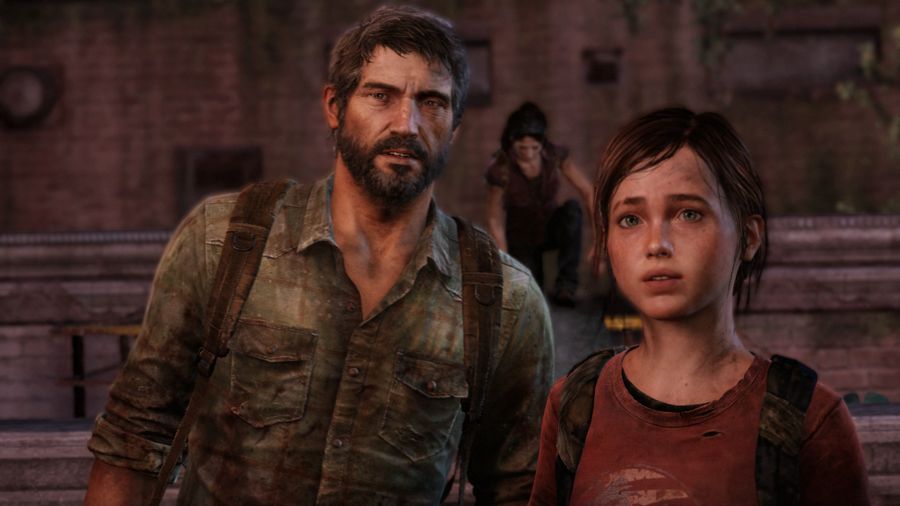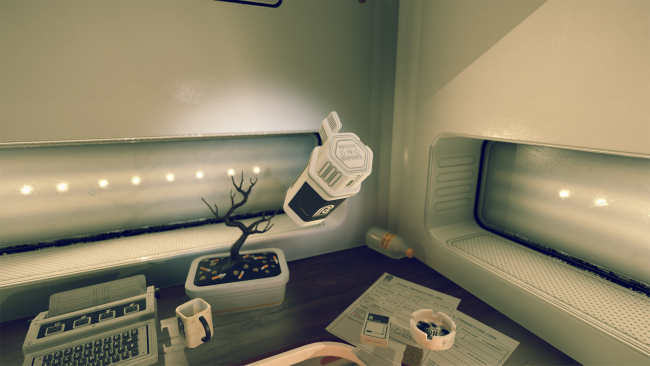


Our Game of the Year list represents the thoughts of the VideoGamer.com hive mind, but what about the individual titles which slipped through the cracks? Our Staff Picks might not be GOTY material, usually because they're deeply flawed in certain areas, but they still managed to strike a chord with us in some way. Today, Emily talks about Sleep is Death...
It's a shame that a total of only twelve people have actually played this game in the last year. But look past the homespun graphics and you have one of the most interesting independent games of the decade.
Sleep is Death is a game developed by Jason Rohrer, the one-man-developer that's made a career out of highfaluting, occasionally impenetrable indie titles. You might have come across Passage previously, his depressing, semi-existential 256 colour maze game which was popular on the blog circuit a few years back. Like Rod Humble, and to a lesser extent Jonathan Blow, his games are always ambitiously experimental. And in the case of Sleep is Death Rohrer experiments with narrative in games.
As a storytelling medium, games are riddled with issues that stem from a fundamental opposition between stories and players. Either a game will get driven by its narrative, or by its players. Either a story will be linear or you'll have choices. Either you'll follow that story or you'll ignore main quest lines and spend three consecutive hours killing chickens and collecting planks of sheet metal in your local 3D mine.
So far the solution has been to let the story unfold peripherally, parallel to the gameplay. You'll come across details of the plot in an NPC's dialogue tree or through cutscenes, in-game texts and logs. Storytelling traditions are built off of the backs of slightly more substantial and long-running storytelling media, bridging the gap between the story and the actual game by filling it with the tried-and-true techniques of film, and even radio and novels. The audio logs we saw in the brilliant System Shock I and II hurtled the story forward like a radio play, the codex of Dragon Age spelt out the mythical background knowledge in literary form, and then you have the standard cutscenes; a staple example of a recycled narrative tradition, peeled right out of a wastebasket of cinematic storytelling traditions.
But Sleep is Death avoids all of these standard storytelling tropes and bases itself on the philosophy that no AI can top a human player when it comes to interactive media. So instead it's the players who develop the story and the gameplay. In fact, everything in-game is made by you, and if it's not made by you it's made by your partner. One player takes the role of the storyteller with GM abilities to edit the environment, characters, access editing tools and a music generator, using pre-made objects or designing their own, and take part in dialogue as a pseudo-NPC. The other reacts to what's happening in the scene and the result is collaborative storytelling.
It's a simple process of click-and-drag and point-and-click to get the set started. The GM will set some vague boundaries in the form of a low-res 2D background and an introductory avatar or two, and once Player 2 connects he becomes the primary actor in all of this, reacting to the set that's been prepared and helping to propel the story forward while doing so.
You get a maximum of thirty seconds to take a turn, reacting to the last player's move. Say you want to interact with an object or walk your character across the room; the GM spends the next thirty seconds pointing and clicking through the scene to rearrange items, re-design items, introduce new characters, respond to dialogue, or change the set and atmosphere of the story entirely. You'll start to feel that timer as the game goes on, when you're re-typing your dialogue that third time so yours is the funniest or when you're trying to search out the perfect icon of a dog to fit your scene depicting Kujo.
Between the two of you, you make the story out of a series of human actions and responses, an obvious throwback to the old days of pen-and-paper where GMs reigned over games and not AI. Games have had a hell of a time being vehicles for both stories and players but Sleep is Dead brings back the tradition of social storytelling, taking it out of the basements of role-playing fans and giving it to a community of players on to the Internet. Each of your Sleep is Death stories is viewable as an online flipbook based on sequential screenshots from each player's turn. You can take a look at a gallery of completed stories here, all of which are weird, hilariously non-linear and mostly brilliant.
For more end of year content, head over to our Game of the Year 2010 hub. Amongst other things you'll be able to watch videos in which we talk about each game in the Top 10.




 Fire Emblem: Awakening Guide - Challenge: Border Pass Guide - GamersHeroes
Fire Emblem: Awakening Guide - Challenge: Border Pass Guide - GamersHeroes How To Join The Brotherhood Of Steel In Fallout 4
How To Join The Brotherhood Of Steel In Fallout 4 Assassin’s Creed: Unity guide – Server Bridge: Paris 1898 – Lady Liberty
Assassin’s Creed: Unity guide – Server Bridge: Paris 1898 – Lady Liberty The Last Of Us Comics Location Guide
The Last Of Us Comics Location Guide Pollen: Exploring an Alternate Reality
Pollen: Exploring an Alternate Reality